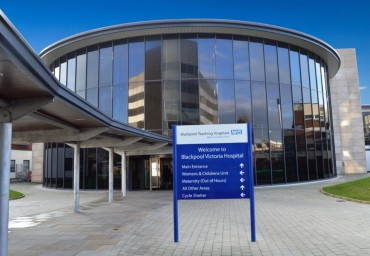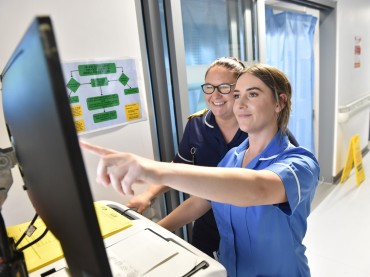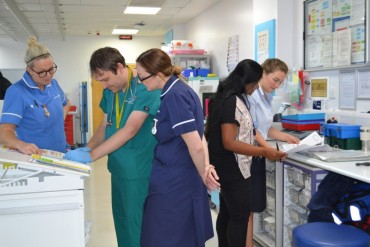MRI stands for Magnetic Resonance Imaging. A combination of strong magnet and radio waves which are interpreted by a computer to produce highly detailed pictures of the inside of your body. Unlike X-rays and CT scans, MRI scans do not use radiation. An MRI scan can help us find the cause of your problem and the best treatment options for you. MRI scans are particularly good at identifying problems in the spine, brain and joints, but have also been used in a wide variety of other ailments in different parts of the body. A standard X-ray does not give the same level of detail as an MRI scan.
Cardiac MRI is performed to help your physician detect or monitor cardiac disease by allowing the following:
- Evaluation anatomy and function of the heart chambers, valves, and blood vessels.
- Diagnosis of various cardiovascular disorders
- Evaluation of the effects of coronary artery disease and/or myocardial infarction
- Treatment planning
- Monitoring disease progression over time.
Cardiac MRI creates both still and moving pictures of your heart and major blood vessels. Doctors use cardiac MRI to get pictures of the beating heart and to look at its structure and function. These images can help them decide the best way to treat people who have heart problems.
For an MRI of the abdomen, you will lie on the scanner bed on your back. The MRI can show tissue damage or disease, such as infection, inflammation or tumour. Furthermore, it can show the vessels and their anatomy as well as give insight to a patient’s pain symptoms.
In some instances, a dye may be used during the MRI scan to show pictures of structures more clearly.
MR imaging is usually the best choice for examining the:
- Body’s major joints (hips, knees, ankles, shoulders, and wrists/hands for example)
- Spine for disc disease
- Soft tissues and bones of the extremities.
For an MRI of the head, you will lie with your head inside a special machine that has a strong magnet. The MRI can show tissue damage or disease, such as infection, inflammation or tumour. It can also show stroke and haemorrhages and is often used to look for the cause of headaches. Furthermore, it can show the vessels and their anatomy.
In some instances, a dye may be used during the MRI scan to show pictures of structures more clearly.
An MRI is a very safe procedure, but patients with heart pacemakers and certain surgical implants cannot be scanned. You will be asked questions regarding this before your scan to make sure that it is safe for you to be scanned in one of our scanners. You will be asked if you have one of the following:
- Metallic joint prostheses
- Artificial heart valves
- Implantable heart defibrillator
- Pacemaker
- Metal clips
- Cochlear implants
- A bullet, shrapnel or any other type of metal fragment.
If you cannot have an MRI scan, there are alternatives: CT and ultrasound scans are possible as well.
Sometimes we need to give you an injection of contrast dye before the scan. This contains a substance called gadolinium, which some people are allergic to. Very rarely can it cause an allergic reaction with is similar to hay fever. We also will be checking your kidney function since the dye is eliminated from the body through the kidneys. In certain, yet very rare instances this may cause damage to the kidneys.
When you arrive, a member of staff will check your details and go over the safety screening list with you to ensure that you are safe to enter the scan room. You will be asked to remove all loose metal objects such as watches, jewellery and credit cards – storage will be provided.
You will then be taken into the scan room and the Radiographer will ask you to lie on the scanner bed and position you correctly. Once you are set up within the scanner, the Radiographer will go into the adjoining room (where the control equipment is located) to speak to you there. There is a large window, and the Radiographers can see you throughout the whole examination. Also, you always have an “alert button” that gives a signal to the Radiographer if there is a problem, but we will try to make you as comfortable as possible for the length of the scan
You will need to keep very still during the scan to avoid blurring the images. Sometimes there are periods of time where the scanner is quiet, but we ask you to try to keep still during these times as well.
The scan is completely painless. Patients report that the most difficult part is keeping still. Others report problems with the loud, banging noise and other still about the narrowness of the tunnel. However, we will give you headphones to reduce the noise, and we suggest you shut your eyes throughout the whole procedure. If you wish, you may bring a CD to be played during the examination.
The scan will take between 30 and 60 minutes.
Once the scan is completed it is safe for you to drive. You may continue to eat and drink normally.
The results of your examination will not be given to you on the same day, but you will be told how to get the results. A copy of them will be forwarded to your Consultant.



